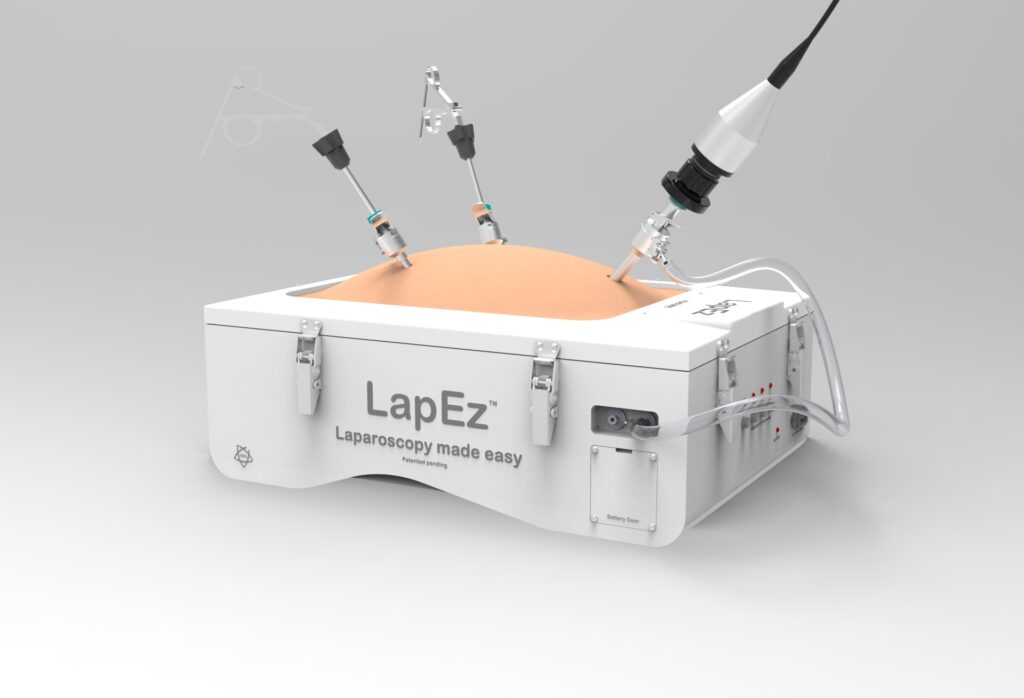
In the ever-evolving healthcare landscape, surgical training has undergone a significant transformation. As technology advances, the focus has shifted from traditional learning methods to more sophisticated and safer techniques. One such innovation leading the change is the realistic laparoscopic simulator—a training tool that is shaping the future of surgery like never before.
What Are Laparoscopic Simulators?
Laparoscopic simulators are advanced training devices designed to mimic the experience of performing minimally invasive surgery. These simulators allow surgeons, especially those in training, to practice essential techniques such as suturing, tissue dissection, and instrument handling in a risk-free environment. With features like lifelike anatomy, flexible port placement, and real-time feedback, modern simulators replicate real surgical scenarios with remarkable accuracy.
Why Realism Matters in Surgical Simulation
Surgical precision is critical, especially in laparoscopic procedures where visibility and access are limited. Realistic simulators provide an immersive experience that helps users understand the depth, force, and coordination required in actual surgeries. The more realistic the simulation, the more confident and prepared the surgeon becomes before entering the operating room.
- Some key elements that contribute to realism include:
- Near-real anatomical models for hands-on experience.
- Inbuilt insufflation systems to simulate pneumoperitoneum.
- Tactile feedback that mimics tissue resistance and instrument response.
- Visual accuracy that mirrors laparoscopic camera views.
Bridging the Gap Between Theory and Practice
One of the biggest challenges in surgical education is moving from theoretical knowledge to practical application. Laparoscopic simulators bridge this gap effectively by offering a controlled environment where learners can:
- Make mistakes and learn without consequences.
- Repeat procedures until they achieve competence.
- Receive instant feedback on their performance.
This hands-on exposure accelerates learning and boosts confidence, which is vital when dealing with real patients.
Enhancing Patient Safety
Patient safety is the cornerstone of quality healthcare. Realistic Laparoscopic simulators play a critical role in improving surgical outcomes by:
- Reducing the chances of error during actual surgeries.
- Shortening the learning curve for complex procedures.
- Ensuring that surgeons are fully prepared before operating independently.
Trained on simulators, surgeons are more likely to make informed decisions, handle instruments with precision, and respond effectively to unexpected complications.
Supporting Continuous Professional Development
The need for ongoing learning doesn’t end with medical school or residency. Realistic simulators support continuous professional development (CPD) by allowing practicing surgeons to:
- Refine their skills.
- Learn new techniques.
- Stay updated with the latest surgical advancements.
Incorporating simulation-based training into hospital programs ensures that both junior and senior surgeons maintain a high standard of care.
The Future Is Simulated
As the healthcare industry embraces digital transformation, laparoscopic simulators will continue to evolve. Emerging technologies like virtual reality (VR), augmented reality (AR), and AI-based analytics are expected to enhance realism further, making training even more effective and personalized.
We’re moving toward a future where simulation-based training is not just an option but a necessity in surgical education. Medical institutions, device manufacturers, and healthcare professionals must work together to integrate these simulators into mainstream learning and practice.
Final Thoughts
Realistic laparoscopic simulators are more than just training tools—they’re reshaping how surgeons learn, practice, and deliver care. By providing a safe, effective, and immersive learning environment, these simulators are ensuring that the next generation of surgeons is not only technically skilled but also patient-centered and prepared for the challenges ahead.
As we look to the future, one thing is clear: simulation is not just enhancing surgical training—it’s revolutionizing it.



